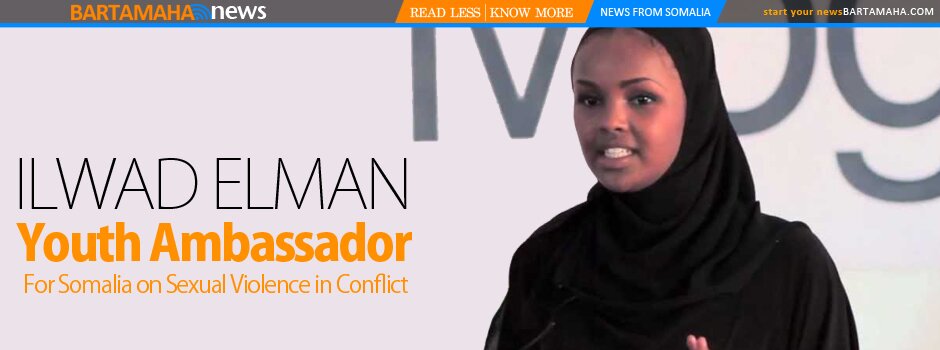Behind Somalia’s Islamist rivalry
 The fighting in Kismayo between rival Islamist groups could be the beginning of the end of their national alliance – and good news for the embattled interim government.
The fighting in Kismayo between rival Islamist groups could be the beginning of the end of their national alliance – and good news for the embattled interim government.
It is not unexpected that the two Islamist groups – Hizbul-Islam and al-Shabab – would fall out.
But what is surprising is the timing.
It was thought that their alliance would last until after they had unseated the UN-backed government, which now controls only a few key areas of the capital, Mogadishu.
Both sides have tried to play down rivalries that have been bubbling below the surface for some time.
Hizbul-Islam is thought to have more fighters than al-Shabab, but this is not to say it would necessarily gain the upper hand countrywide if it came to an all-out battle.
Al-Shabab, which is alleged to have links with al-Qaeda and has foreign fighters in its ranks, is better organised logistically and militarily.
Eyes on the palace
Ideologically the groups are similar: They both want Somalia to be an Islamic state.
The interim government also wants Sharia imposed, but in the areas under control of al-Shabab, the interpretation of Sharia has been very strict.
Traditionally, Somalis have practised a moderate and tolerant form of Islam.
But under al-Shabab, music is not allowed, cinemas have been closed down and traditionally colourful women’s robes have been replaced by hijabs made from heavy dark material.
Hizbul-Islam, a home-grown Islamic movement, has been more moderate in its rulings.
However, the crux of the dispute between Hizbul-Islam and al-Shabab is the battle for power and who will get to occupy the presidential palace.
A full-scale fall-out of the allies could cause further misery for Somali civilians – most villages and towns in central and southern Somalia have fighters from both Hizbul-Islam and al-Shabab.
Since 1991 the country has experienced almost constant warfare – although until 2006 it was mainly along clan lines.
And although the battle lines appear to have shifted, local clans tend to have allegiance to one group over another.
Arms
Al-Shabab has its roots in the Union of Islamic Court (UIC) which controlled much of the country for six months before Ethiopia invaded in December 2006 to oust them.
It was the UIC youth wing and one of its main leaders – Aden Hashi Ayro – had allegedly been trained in Afghanistan.
He was killed last year in a US air strike – and little is known about the leadership of the group, except that it has international backing.
Hizbul-Islam too comes from the remnants of the UIC. Its leader is Sheikh Hassan Dahir Aweys – one-time UIC leader.
Before the UIC he led al-Itihad al-Islamiya – now a defunct group which was added to the US list of terrorist groups in 2001, although Mr Aweys has always denied any terror links.
He is a bitter enemy of fellow UIC leader Sheikh Sharif Sheikh Ahmed, who became Somalia’s president in January.
His battle with the president is personal – and he is resisting attempts by the government to engage in reconciliation talks.
Despite a UN arms embargo neither group will have a problem finding arms.
Mogadishu has a well-stocked arms market and weapon shipments can come in across the country through airports and ports under their control.
____
Source: BBC
Comments
comments
 Calendar
Calendar






































